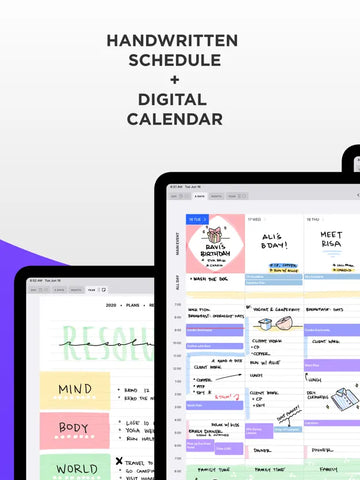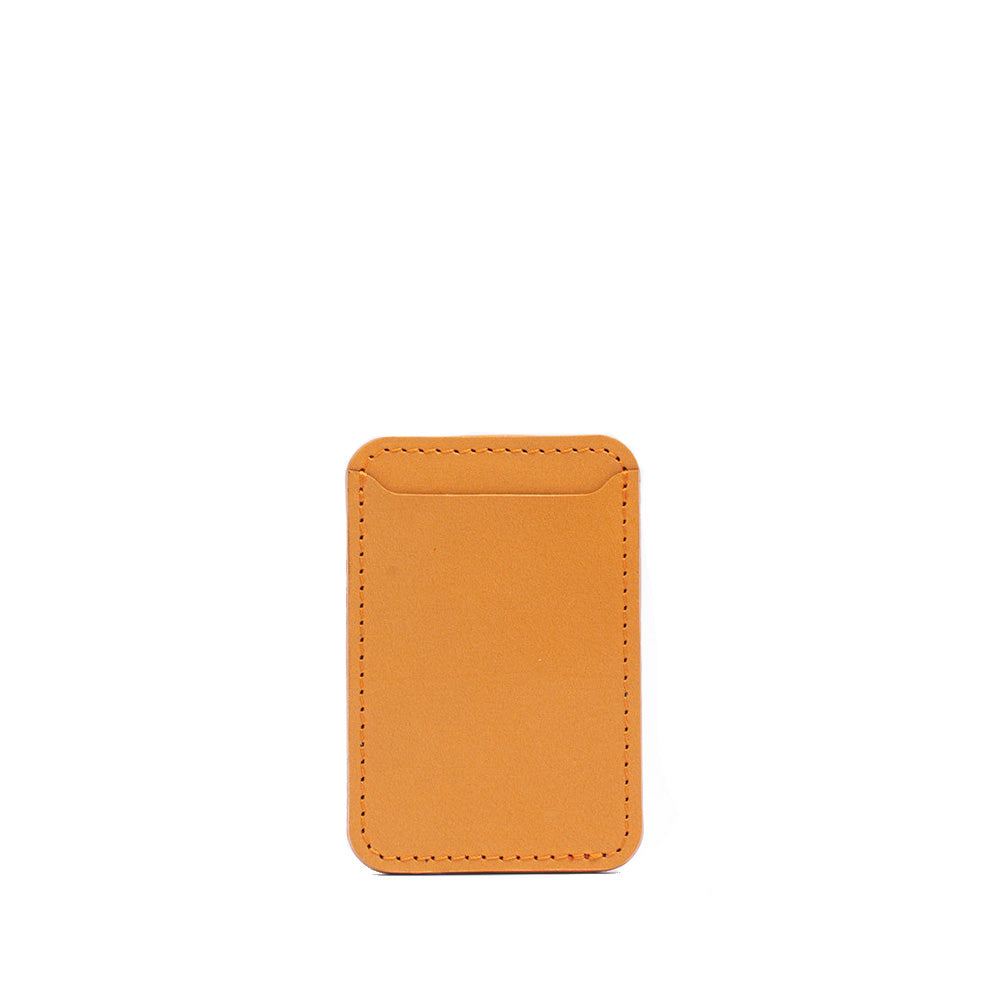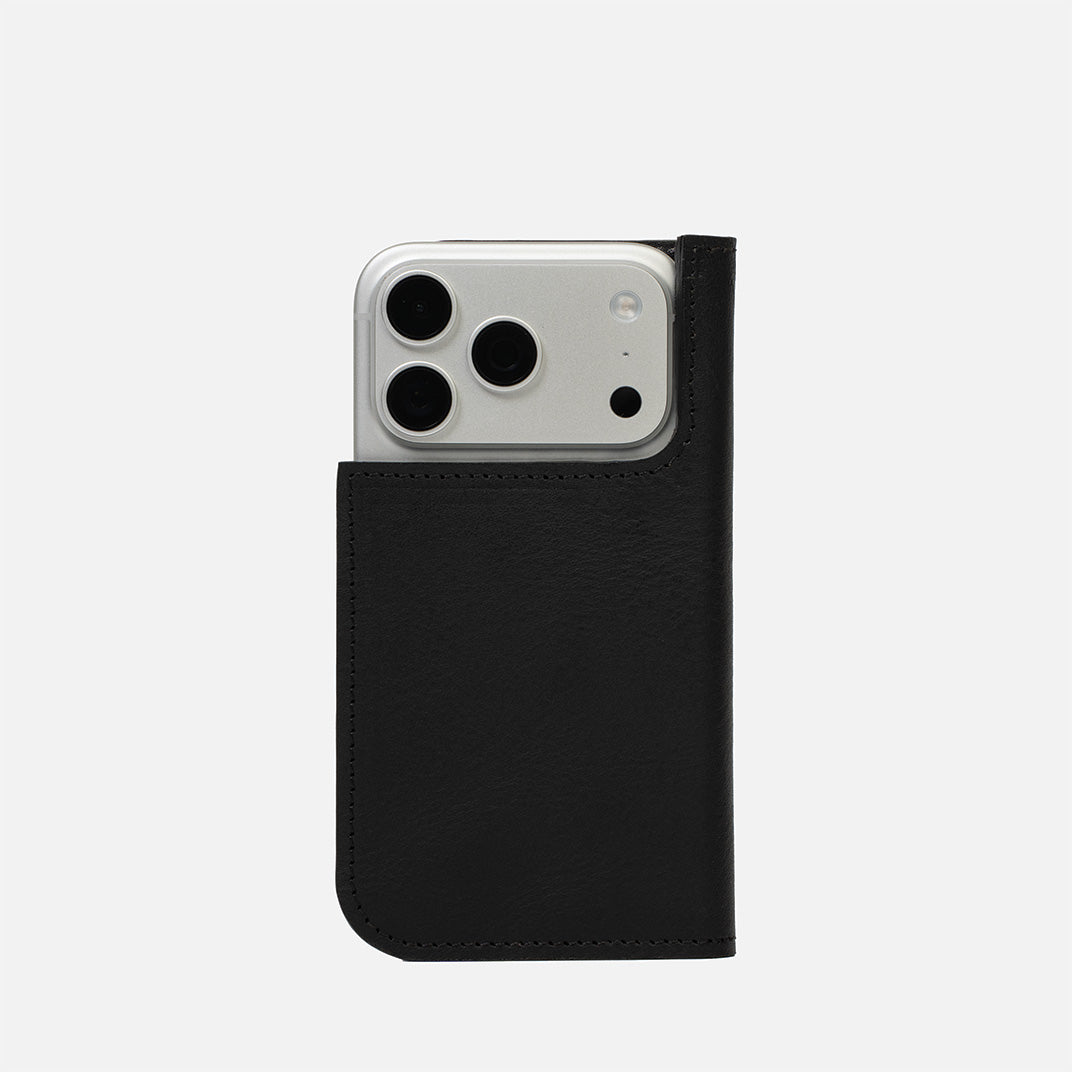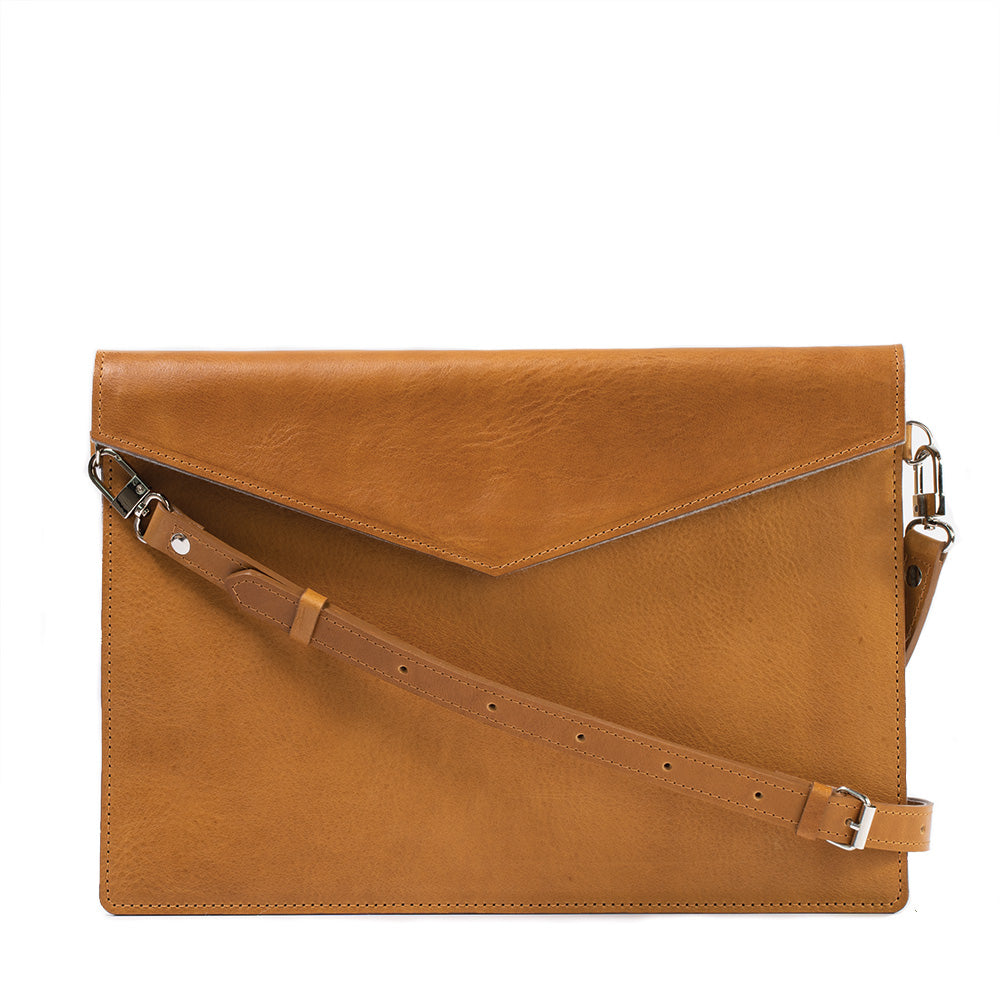Planner apps are digital tools designed to assist individuals in managing their daily tasks, schedules, and overall time more efficiently. These applications serve as digital counterparts to traditional paper planners, offering functionalities that go beyond simple date tracking to include features such as task management, reminders, goal setting, and personal organization. Their significance in daily task management cannot be overstated, as they help users prioritize tasks, keep track of deadlines, and maintain productivity in both personal and professional settings.
The shift towards digital solutions has been driven by the convenience, flexibility, and enhanced capabilities they offer. Unlike paper planners, digital apps can provide notifications, automatically update across devices, and store vast amounts of data that can be searched and retrieved instantly. They also support multimedia elements such as images, links, and documents, making them more versatile and powerful tools for managing all aspects of one’s life.
Key Features of Top Planner Apps: A Comparative Overview
In the realm of planner apps, the features that elevate an app from good to great are those that cater to a diverse user base—from students needing efficient study tools to professionals looking for comprehensive project management solutions. This section explores the key features of eight top planner apps: Pencil Planner Pro, OmniFocus, Notability, GoodNotes 5, Noteshelf, ZoomNotes, Zinnia, and Microsoft To Do, highlighting unique capabilities within these platforms.
Handwriting Recognition and Digital Ink Technology

- Notability and GoodNotes 5 stand out for their advanced handwriting recognition capabilities, making them favorites among students and professionals who prefer the traditional pen-and-paper experience with the benefits of digital note-taking. These apps not only recognize handwriting but also offer extensive customization of digital ink, providing a natural writing experience that closely mimics real handwriting on paper.
- ZoomNotes goes a step further by offering detailed zoom features for handwriting, making it possible to write in small spaces or add fine details to diagrams and notes.
Integration with Other Apps and Services
- Microsoft To Do excels in this area with its seamless integration into the Microsoft ecosystem, syncing effortlessly with Outlook, OneDrive, and other Microsoft services. This makes it an invaluable tool for users heavily invested in Microsoft products.
- OmniFocus, on the other hand, offers powerful task management features with flexibility in integration, making it possible to link actions with emails, calendars, and even scripting for automated workflows.
Cloud Synchronization Across Devices
- Almost all apps listed offer cloud synchronization, but Noteshelf and GoodNotes 5 particularly excel by ensuring users' notes are available across iOS devices. This feature is crucial for users who work with multiple devices and need their information updated in real-time.
Customization Options
- Zinnia is the standout app for customization, offering a digital journal experience with extensive artistic and design elements. Its users can personalize journals with templates, stickers, and even create their unique layouts, appealing to users who prioritize creativity alongside organization.
- Pencil Planner Pro offers a blend of planning and note-taking with customizable templates that cater to various planning styles, from daily logs to monthly overviews.
Unique Features Setting Each App Apart
- GoodNotes 5 features a vast library of templates and covers, making it highly adaptable for different use cases, from academic note-taking to professional meeting minutes.
- Notability is known for its multimedia integration, allowing users to add photos, web pages, GIFs, and even voice recordings to their notes, enhancing the note-taking experience beyond text.
- OmniFocus stands out with its focus on task management, offering features like project perspectives, review modes, and location-based reminders that cater to power users looking for granular control over their tasks.
- ZoomNotes offers unparalleled detail in note customization, with its zoom feature allowing users to dive into the minutiae of their notes, diagrams, and sketches.
Spotlight on Innovative Planner Apps for iPad
Among the plethora of apps available, a few stand out for their innovative features and user-friendly design. Let's explore these top contenders and see how they're shaping the future of planning.
Microsoft To Do

Integration with Microsoft's Ecosystem: Microsoft To Do is a testament to seamless integration within the Microsoft ecosystem. By connecting effortlessly with Outlook, OneDrive, and Teams, it enhances productivity for users deeply rooted in Microsoft's suite of tools. This integration ensures that tasks and schedules are synchronized across all platforms, providing a unified task management experience.
User-Friendly Interface: The app's design is both straightforward and intuitive, stripping away the complexity of task management. With a focus on simplicity, Microsoft To Do caters to users of all technological proficiencies, making it a versatile tool for anyone looking to streamline their daily tasks.
Pencil Planner Pro

Apple Pencil Support: Pencil Planner Pro leverages the precision and fluidity of the Apple Pencil to offer an exceptional handwritten note and sketching experience. It's ideal for those who prefer the tactile sensation of writing, providing a bridge between the analog and digital worlds.
Planning Capabilities: The app excels in its comprehensive planning features, which include daily, weekly, and monthly views. It integrates tasks and notes within a single interface, making it a comprehensive tool for personal and professional planning alike.
OmniFocus

Robust Task Management: OmniFocus is designed for those with complex project needs, offering powerful task management features such as custom perspectives, project views, and task dependencies. It's a sophisticated tool for users seeking granular control over their tasks and projects.
Organizational Tools: With features like tags, contexts, and a review feature, OmniFocus provides the organizational tools necessary to keep users on top of their commitments and projects. These features help in maintaining clarity and focus, regardless of the workload.
Notability

Multimedia Integration: Notability distinguishes itself with its ability to incorporate multimedia elements into notes. From audio recordings to photos and web links, it enriches the note-taking experience, making it more dynamic and interactive.
Interactive Note-Taking: The app offers features like handwriting recognition, PDF annotation, and customizable note templates, catering to a wide range of note-taking styles. It's a versatile tool that adapts to the needs of both students and professionals.
GoodNotes 5

Digital Ink Technology: GoodNotes 5 uses advanced digital ink technology to mimic the experience of writing on paper. With customizable pen styles and colors, it appeals to users looking for a natural writing experience in a digital format.
Template Library: The app boasts an extensive template library for various purposes, including academic note-taking, personal journaling, and professional planning. This versatility makes GoodNotes 5 a comprehensive tool for digital organization.
Noteshelf

Customization and Flexibility: Noteshelf offers a wide range of customization options, from notebook covers to paper templates and pen styles. This flexibility allows users to tailor the app to their personal preferences and needs.
Audio Recording: A standout feature of Noteshelf is its ability to record audio while taking notes. This functionality is invaluable for students and professionals who wish to sync their notes with lectures, meetings, or any audio for a comprehensive review.
ZoomNotes

Detailed Zoom Features: ZoomNotes is unique for its detailed zoom feature, enabling users to annotate with incredible precision. This is particularly useful for creating intricate diagrams and artwork within notes.
Versatile Note-Taking Tools: With a broad selection of note-taking tools and customizable options, ZoomNotes is a potent tool for visual thinkers. It supports a variety of symbols, shapes, and line styles, catering to a wide range of creative and organizational needs.
Zinnia

Creative Journaling: Zinnia is designed for those who view planning as an extension of their creative expression. With an array of journal templates, stickers, and artistic tools, it encourages users to explore visual planning and journaling.
Digital Bullet Journaling: Embracing the bullet journaling trend, Zinnia adapts this method to a digital format. It offers a flexible and visually appealing way to organize one's life, blending the best of organization with creativity.
Comparing Innovative Planner Apps for iPad
When exploring the landscape of planner apps available for iPad, it becomes clear that each app offers unique features tailored to different user needs. Pencil Planner Pro, OmniFocus, Notability, GoodNotes 5, Noteshelf, ZoomNotes, Zinnia, and Microsoft To Do each stand out in their own ways, catering to the varied dimensions of planning, note-taking, and productivity. Here’s how they compare:
Focus on Handwriting and Creativity
- Notability and GoodNotes 5 shine in their handwriting recognition and digital ink technology, appealing to users who favor the pen-and-paper experience digitally. Their extensive customization options for digital ink make them ideal for note-takers who prioritize fluid writing and drawing.
- ZoomNotes goes even further with its detailed zoom feature, making it perfect for users who need to write or draw with precision, such as artists or designers.
Task Management and Organization
- OmniFocus is the powerhouse for users with complex project needs, offering a comprehensive suite of organizational tools, including custom perspectives and task dependencies. It’s tailored for the productivity enthusiast looking for granular control over every detail of their projects.
- Microsoft To Do offers a simpler, more streamlined approach, seamlessly integrating with the Microsoft ecosystem for those already using platforms like Outlook and OneDrive. It’s best for users seeking straightforward task management without the bells and whistles.
Journaling and Creativity
- Zinnia brings creativity to the forefront, with a focus on digital journaling and bullet journaling. Its range of artistic tools, templates, and stickers caters to users who enjoy personalizing their planner as a creative outlet.
- Noteshelf and Pencil Planner Pro also offer customization and flexibility, but with an added emphasis on functionality, like audio recording in Noteshelf, making them versatile for both creative and practical note-taking.
Comprehensive Note-Taking and Planning
- Pencil Planner Pro bridges the gap between traditional planning and digital flexibility, providing comprehensive planning features like daily, weekly, and monthly views, with the added benefit of Apple Pencil support for handwritten notes.
- Noteshelf offers a balance between customization options and practical features like audio recording, catering to a wide audience, including students and professionals who appreciate the ability to customize their note-taking experience while benefiting from functional tools.
Each app category addresses specific aspects of planning and note-taking, from the rich, tactile experience of handwriting and drawing offered by Notability and GoodNotes 5, to the intricate task management capabilities of OmniFocus, and the creative journaling space provided by Zinnia. Microsoft To Do’s integration with the Microsoft ecosystem offers a seamless experience for users deeply embedded in that environment, highlighting the diversity of tools available to meet individual preferences and workflows.
The Future of Digital Planning
The landscape of digital planning is evolving rapidly, with new technologies and user needs driving innovation in planner apps. As we look to the future, several trends seem poised to shape the next generation of digital planning tools:
AI Integration
Artificial Intelligence (AI) is expected to play a significant role in the future of planner apps. AI could automate routine tasks, such as scheduling meetings or generating task lists based on user behavior and preferences. Imagine a planner app that not only reminds you of your daily tasks but also suggests the optimal order to complete them based on your past productivity patterns. AI integration could also enhance natural language processing for even more intuitive voice command features, making digital planners more accessible and user-friendly.
Cross-Platform Compatibility
As users continue to use multiple devices and platforms, cross-platform compatibility will become increasingly crucial. Future planner apps will likely offer seamless synchronization across all devices, ensuring that users have access to their information whether they are on their phone, tablet, laptop, or even a smartwatch. This trend will necessitate more robust cloud services and possibly the adoption of new standards for data interoperability across different ecosystems.
Enhancements in Digital Ink Technology
The demand for a more natural writing experience on digital devices will drive advancements in digital ink technology. Future versions of planner apps may offer even more realistic handwriting simulation, with improved pressure sensitivity and reduced latency. These improvements will make digital note-taking indistinguishable from writing on paper, appealing to traditionalists and tech enthusiasts alike.
Collaborative Features
As work and personal projects become more collaborative, planner apps will likely incorporate more features designed for team-based project management. These could include shared task lists, real-time collaboration on documents, and integrated communication tools. The ability to work together within the same app could streamline project management and enhance productivity for teams, whether they're in the same office or distributed around the world.
Personalization and Adaptability
Future planner apps will likely offer unprecedented levels of personalization, adapting to the unique workflow and preferences of each user. From customizable interfaces to adaptive task management systems that learn from your habits, these tools will become more like personal assistants than mere apps.
Privacy and Security
As planner apps become more integrated into our daily lives, privacy and security will become even more critical. Users will demand robust protection for their data, leading to the implementation of advanced encryption methods and more transparent privacy policies.




